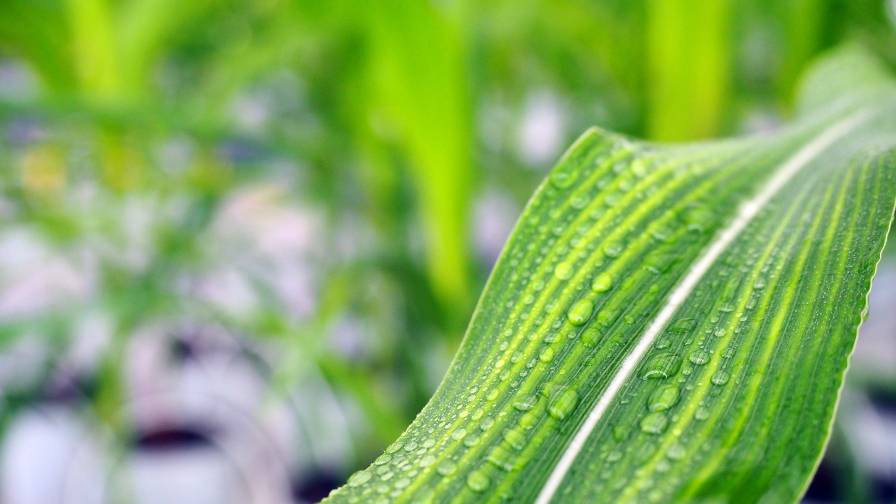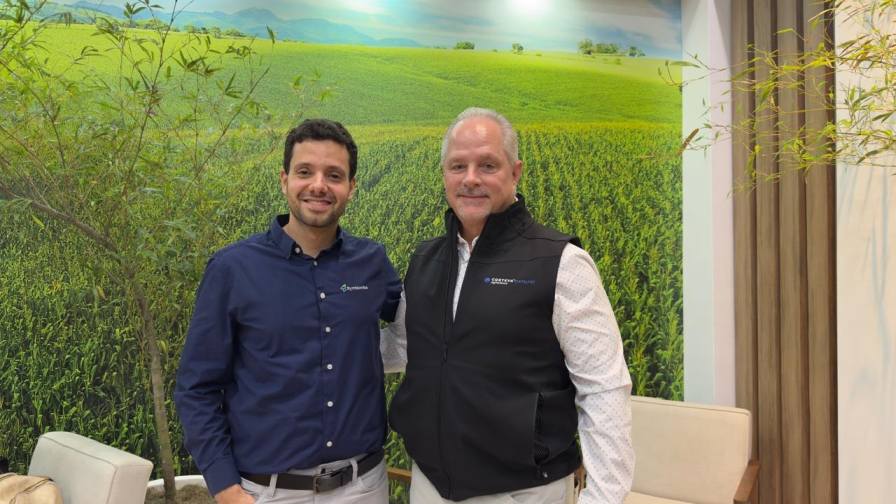Biologicals In Total Crop Care
The international movement for sustainable agriculture through Integrated Pest Management and Integrated Nutrient Supply Systems has become the need of the hour. The green agenda, which includes mechanics to combat environmental pollution, has the long-term goal to reduce, if not to avoid, loading the environment with chemicals. Today, how to save the Earth from the self-inflicted ecological disaster brought about by exploiting natural resources through chemicals in agriculture is the question to be addressed.
A strategy to craft a theory of natural science and use it with systems of agriculture to prescribe global environmental governance with a green agenda is called for. A plethora of treaties and agreements on acid rain, air pollution, and organic agriculture systems, though entered into, have not solved the problem, since they are not yet fully practiced.
On the agricultural front, chemical inputs can’t be totally eliminated – but it is now recognized that indiscriminate use of chemicals shows nature is violable only to an extent, and not beyond. To get over the ecological crisis, one has to promote environmentally benign technologies through investments in “natural capitalism,” in the words of Hawken and Lovins.
Shifting Systems
The chemical input system must be supplanted by one which rests on conservation of natural resources, waste minimization, reuse, and recycling. This paradigm shift is possible only by a move to organic agriculture. Composted crop residues, animal manures, bio-fertilizers, and biological pest control can be adopted to maintain soil productivity, supply plant nutrients, and control pests and diseases. One must aim at this form of farming, which produces sufficient food to meet the needs of this generation without eroding the ecological assets and productivity of the life-supporting systems of future generations.
In the nutrient supply system to plants, farming methodologies will center around protecting long-term soil fertility by maintaining organic matter content and fostering soil biological activity, providing crop nutrients indirectly through organic compost – which are made available to plants by the action of soil microorganisms and the facilitation of the nitrogen fixation process – as well as phosphorous and potash mobilization through microbes and increasing fertilizer use efficiency.
Chemical fertilizers like urea, super phosphate, muriate of potash, ammonium phosphate granulated NPK complex, and mixes can be supplemented with, if not substituted by, organic manures, vermi-compost, and carrier-based microbes (bio-fertilizers) like nitrogen fixers, phosphorous solubilizers, potash and sulfur mobilizers, and nutrient mobilizers like VAM (Mycorrhiza).
For plant protection, biological control agents for pests are available in nature abundantly, like several entomopathogens including viruses like nuclear polyhedrosis viruses (NPVs) and Granuloviruses (GVs); bacteria like Bacillus; and fungi like Metarhizium, Beauveria, Verticillium, and Paecilomyces, which cause diseases in insects. Similarly, antagonistic fungi like Trichoderma and Ampelomyces and bacteria like Bacillus and Pseudomonas, which attack pathogenic fungi, are well known.
Advanced Biology
It has been argued that chemicals can control specific target pests and meet specific nutrient requirements, which was called a weakness in biologicals.
Today, specific biocontrol agents in the form of antagonistic fungi, entomopathogens, Baculovirus, rhizobacteria, and natural predators and parasites are available for plant protection, while bio-fertilizers, compost, sterilized and standardized DorS, and non-edible vegetable oil cakes are available to supplement or substitute for chemical fertilizers.
In addition, anti-transpirants, which control water loss through transpiration without interfering with the metabolism of plants, are available to make agriculture sustainable. Production and storage technologies also have improved to a great extent, which rectify the poor shelf-life biologicals experienced in the past.
Today, bio-technological science has found an answer to remedy crop maladies through natural, eco-friendly products, which provide the nutrient and crop protection requirements of plants with a better cost/benefit ratio than chemicals.





